Home & Office
Paper ManagemenT
“Sometimes the biggest gain in productive energy will come from cleaning the cobwebs, dealing with old business, and clearing the desks – cutting loose debris that’s impeding forward motion.”
Though the world is becoming more and more digital there is still the need to have some documents in good old-fashioned paper form. Some folks prefer it. Some professions require it. But it can easily get out of control and take over our control stations – desk, spare office, dining table, guest bed…we’ve seen cookware stored on countertops because kitchen cabinets were stuffed with paper.
Having a simple and easy to maintain paper filing system that can easily accommodate the growth of home or office needs is a life raft to rescue households and offices from drowning in a sea of pulp. A robust paper filing system saves individuals, families and companies time, money, and energy and increases the productivity and contentment for anyone who needs to access the information. Plus it just plain makes things look better.
Taming the Paper Beast
Everyone’s brain works differently including when it comes to document management. Some people freeze if papers put away, others freeze if papers not put away. The best organizational strategy is the one that makes the most sense to the user. Meck Organizing understands there is no one-size-fits-all filing solution thus customizes the paper flow and storage system to suit the natural habits and preferences of the household and offices regularly working with it.
Home and Office Paper Management Strategies:
Ready to lose some paper pounds? Here are four steps to dropping down to a more manageable size:
1) Determine what is important enough to keep in hard copy and where should it go so that it’s easy to find later.
Developing rules for what documents to keep and for how long, and notifying everyone who accesses the information of these rules, is a great way to lose the excess paper weight. Accountants, financial advisors, attorneys, or others familiar with the business or personal situation are terrific sources of up-to-date requirements. And there is always the magic question: “Do I use this?” When the paper is whittled down to just the essentials, the proper shape of the filing system will take form. Naming files is important, as a too broad category will get bulky quickly, and a too specific category will result in over-complexity. The alphabet never changes, so putting files in alphabetical order is a nice way to keep things simple, and using minimal interior files (i.e. using mostly hanging files) as well as electronically printed labels gives consistency and polish to the system.
2) Develop rules for disposing of documents.
Being vigilant about smart document disposal protects against credit card fraud, identify theft, and other attacks fueled via our own private information. Anything containing personal identifiers such as name, address, account information, social security number, or birthday is best shredded. If standing over a shredder doesn’t sound like a fun afternoon, there are many businesses that will do it on-site or at their facility.
3) Make sure documents to be kept indefinitely are in a safe place.
Good storage options are safety deposit boxes or water- and fire-proof safes that bolt to the floor. Whatever is used, if it is locked, someone besides the owner will need to know how to access in case of emergency.
4) Use an easily accessible filing cabinet for records referred to regularly.
An easy to reach filing system is the one that will be kept up! Having a file box or filing cabinet close to where the paper is processed is key, and speaking of keys…locks are a great deterrent from files getting into the wrong hands. Just ensure someone besides the owner knows how to unlock them in case of emergency.


